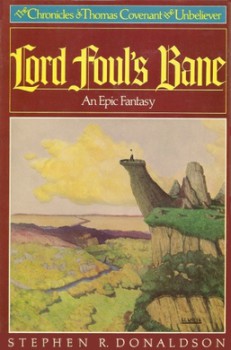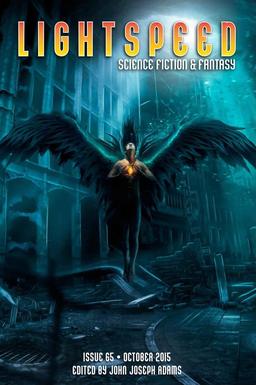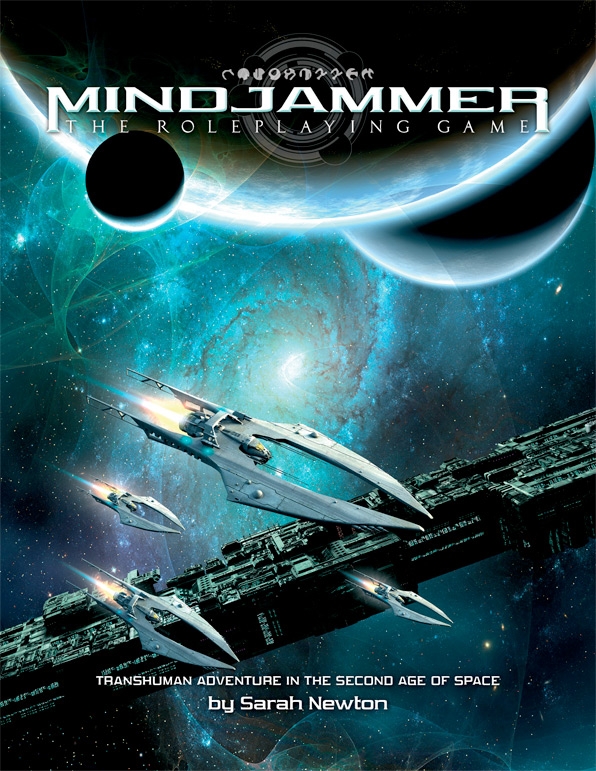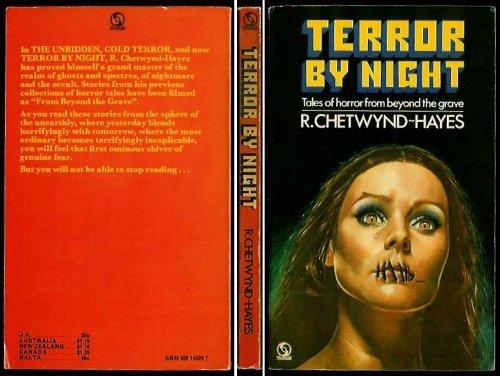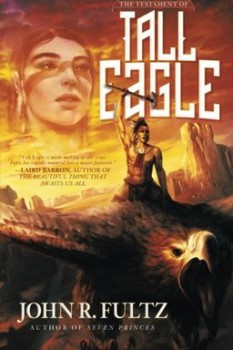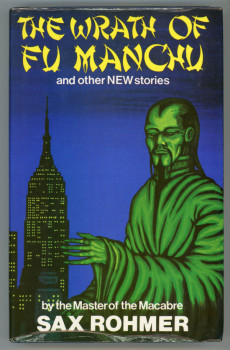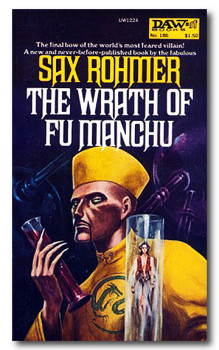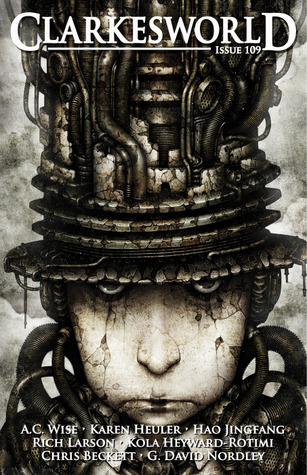Sasquatch, Chupacabra, and Haunted Puppets: Beasts by Brendan Detzner
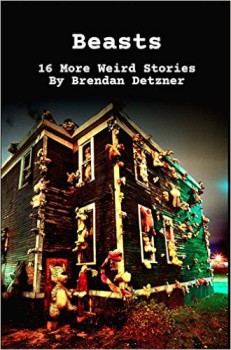 Far from being a review, what I want to offer you is a warning. If you find yourself in possession of this collection, take precautions to limit the number of stories you finish in one sitting. One or two should be safe. Any more than that and your view of the world around you will begin to … shift. Perhaps you think you’ll avoid misadventure by perusing only the more sedate “normal” selections in this volume.
Far from being a review, what I want to offer you is a warning. If you find yourself in possession of this collection, take precautions to limit the number of stories you finish in one sitting. One or two should be safe. Any more than that and your view of the world around you will begin to … shift. Perhaps you think you’ll avoid misadventure by perusing only the more sedate “normal” selections in this volume.
So which stories in this collection are normal?
Can’t you guess? Consider:
In The Fall – Are monsters born or made? In a struggle between the supernatural and the mad, can there be any doubt who will win every time?
The Chupacabra Versus Sasquatch Variations 1-9 – No matter the time or place, two ancient foes continue to fight, having long forgotten why.
Spirits of the Wind – They are never far and, though we rarely see them, they are always watching us. Always waiting to touch our lives.
A Day And Two Nights When I Was Twenty – Of course, they’re not always content to lightly touch our lives. Sometimes, they want to give us a push.
The Return of Uncle Hungry’s Pizza Time Fun Band – At least clowns can wash away their make-up when the celebrations are finished. For puppets, the smiles stay forever painted in place. And when all the parties are finished, what horrid things they have to say to each other.
I-65 – One of the ironies of rage is that we think our vision is most clear, but that’s when things are most often not what they seem. And forgiveness is not always enough to dispel that illusion.
